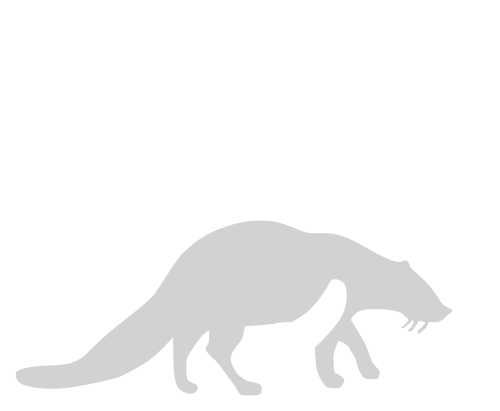Killing Fields: Africa’s Rhinos Under Threat
Extract from an article about the fight against rhino poaching, featuring wildlife vet Charlotte Moueix, published in TIME Magazine, June 13, 2011:
Blood in the Bush
John Bassi banks his bell jet ranger up the side of a mountain, turns and sweeps back into the valley below, skimming the acacia trees that are a favorite rhino snack. Behind him, Charlotte Moueix leans out the helicopter door, gun ready. Below them is Pilanesberg National Park, in South Africa’s northwest. A mother black rhino and her baby trot past. As the chopper hovers above, the calf, perhaps a year old, swirls around, plants its feet on the ground and snorts, ready to charge the strange flying beast above. Moueix fires. The baby takes off but begins to totter and stumble, burying his nose — and tiny horns — in a thornbush.
Bassi touches down some 50 yards (45.7 m) away. Moueix jogs toward the animal and extracts the dart. Then another colleague takes a hand drill and bores holes in the baby rhino’s horns. Microchips with identifying codes are inserted so that if the animal is poached, its horns can be traced. Soon Moueix injects the calf with a reviving agent, and in three minutes the animal is trotting away, a bit dazed but unharmed. The team will dart and microchip three more calves that day. They work from dawn until dusk. “I can’t remember what happened two days ago,” says Bassi, his eyes bloodshot. “I’m so tired. And I’m so sick of finding dead rhinos. I’m sick of the smell of them.” Until last year, Pilanesberg park had never lost a rhino. But a dozen were poached in 2010. In the wild, the stench of death is never far away. But with humans slaughtering rhinos for their horn, even more blood will run in the African bush.
Read the full article online or download the complete pdf version.

